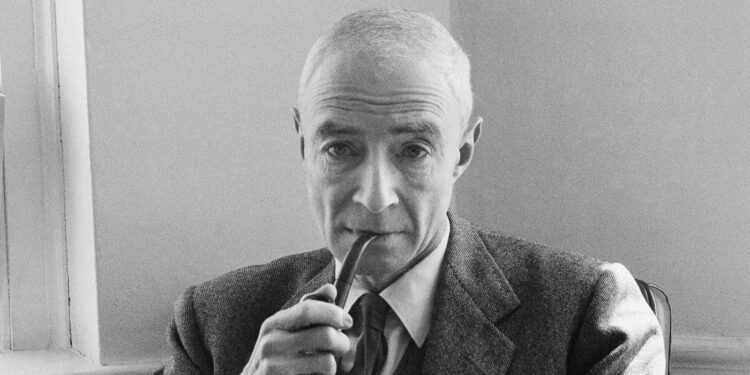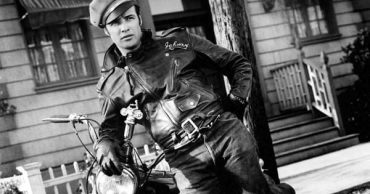With the traction that the biopic has gained over a short period of time, it’s no surprise that viewers are generally curious about Oppenheimer‘s narrative. The movie itself has broken bounds since its release, but there’s a major question on everyone’s mind. Is Oppenheimer historically accurate?
Of course, the premise is based on an actual historical figure. J. Robert Oppenheimer himself is generally known as the father of the atomic bomb. But, the more intricate details of his life would require looking up or a thorough Google search, at the very least. The Manhattan Project was a huge part of his life, but the biopic delves into a lot more than just the project. So, which parts are fact and which parts are fiction? Let’s explore Oppenheimer‘s historical accuracy.
Oppenheimer’s Attempt To Poison His Tutor Was Embellished

Before he became a world-renowned scientist, J. Robert Oppenheimer made a few questionable life choices. At the top of that list was his attempt to poison his tutor at the time, Patrick Blackett. Apparently, while he was a young graduate student at Cambridge, he grew bored with his work and even fell into depression. He wasn’t much of an experimental physicist, and his tutor was quite demanding. It’s safe to say that they weren’t the best of friends.
According to someone Oppenheimer actually considered a friend — Francis Fergusson — he told him he once left Blackett a poisonous apple. It’s not clear exactly what combination of chemicals he put in the apple. However, in Fergusson’s recollection,” he had actually used cyanide or something somewhere.” Thankfully, he didn’t end up eating the apple.
Now, here’s where things get interesting. The book goes all in and names the chemical— potassium cyanide. Furthermore, there’s an added layer to the narrative as Oppenheimer changes his mind and goes back to retrieve the apple. However, he finds Niels Bohr holding it and manages to stop him from taking a bite. Now, that part never happened.
There Are Some Discrepancies Surrounding His Affair With Jean Tatlock

There’s no doubt that Oppenheimer and Jean Tatlock were indeed in a relationship. Their relationship started sometime in 1936 till Tatlock called it quits in 1939. It’s worth pointing out that this was long before the Manhattan Project in 1942. He ended up getting married to Katherine “Kitty” Puening in 1940. Altogether, the film portrays them as friends and on-and-off lovers even after their breakup. While that’s pretty much accurate, there’s a part of their relationship that was padded for the story’s sake. The notion that he was involved in an affair with her while working on the Manhattan Project is highly disputed by historians.
The Verdict On Oppenheimer’s Historical Accuracy

It may come as a shock to many, but the film’s director kept things pretty accurate as far as history is concerned. Needless to say, there was some creative license taken simply for the sake of storytelling. After all, it is a film, and it’s expected to draw audiences in and keep them engaged somehow. However, it mostly sticks to the real events that happened in Oppenheimer’s life. The story itself is based on the award-winning biography “American Prometheus”.
 Follow Us
Follow Us





